The crucifixion of St. Andrew
Oil on board, cm 51x68
With frame, cm 57x74
Critical sheet Prof. Alberto Crispo
Vincent Malò was born in Cambrai, in the heart of the region of French Flanders, probably between 1602 and 1606. From 1623 to 1634, Malò was a pupil of the two most prominent painters in the flourishing Antwerp: initially he worked at the workshop of Pieter Paul Rubens, from whom he inherited the marked chiaroscuro contrast of Caravaggio’s matrix, and later at David Teniers the Elder, from which the marked characterization of the figures that animate genre scenes and works of religious subject resumed. During this period, he became a member of the Corporation of St. Luke in Antwerp. There he lived and collaborated with another Flemish painter, Cornelis de Wael, who played an important role in the Flemish artistic community in Genoa and contributed to the spread of the dictates of Nordic lenticular culture in the north of the peninsula. The port city of Genoa offered a rich environment for potential buyers and collectors. Malò received several commissions for local churches and palaces. During his stay in Genoa, he had as pupil Antonio Maria Vassallo, who, together with his son Vincent Malò II, was his most famous successor. Among the works executed by the Flemish painter for Genoa there is the Vision of Sant'Ampelio of the Genoese church of Santo Stefano: the work was performed around 1637, when the relics of the Saint were found: the data is of particular importance for the location of Malò in Liguria in the thirties of the seventeenth century. Malò, during his ten-year stay in Italy, also settled in Florence and Rome, where he died on April 14, 1644.










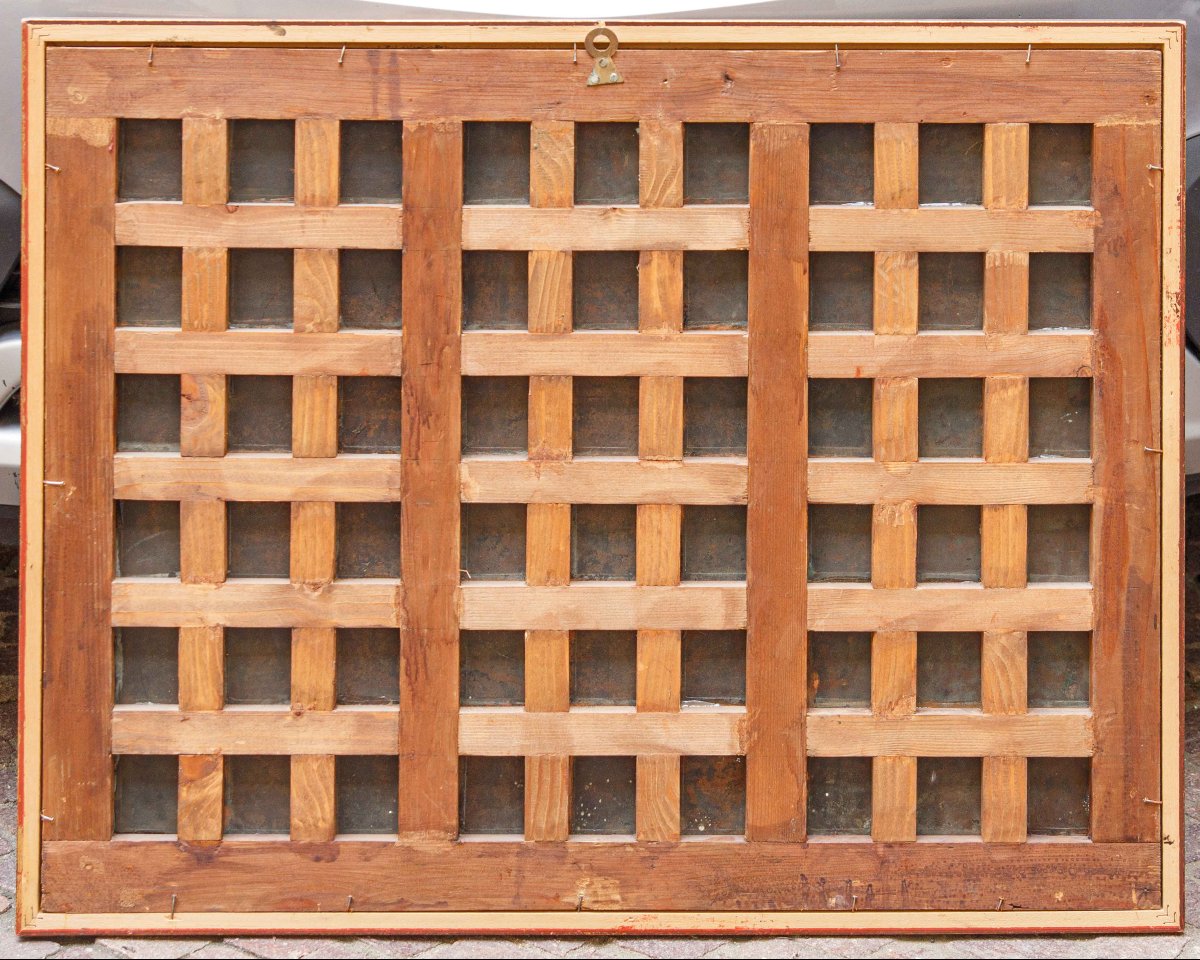













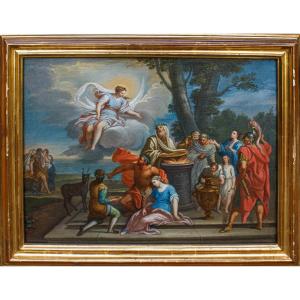



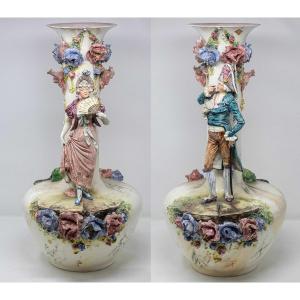










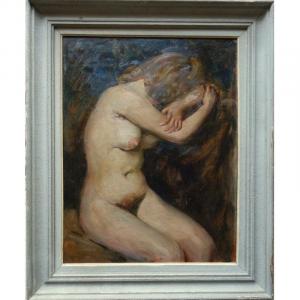


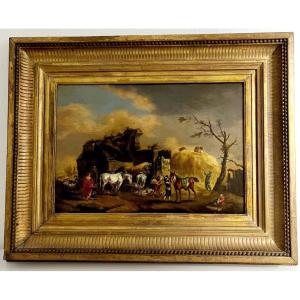



 Le Magazine de PROANTIC
Le Magazine de PROANTIC TRÉSORS Magazine
TRÉSORS Magazine Rivista Artiquariato
Rivista Artiquariato